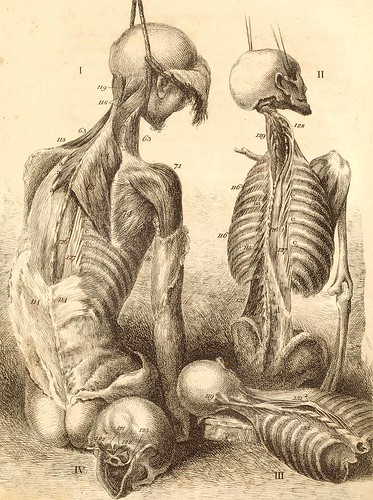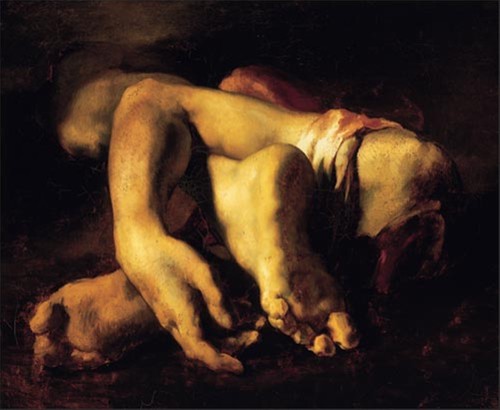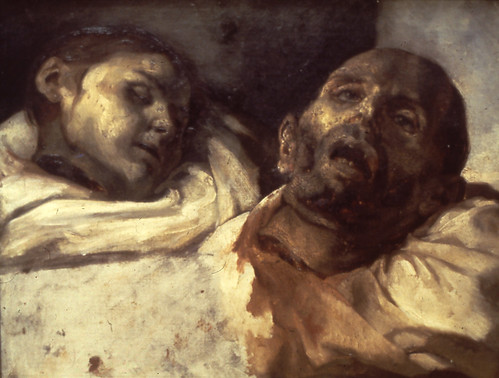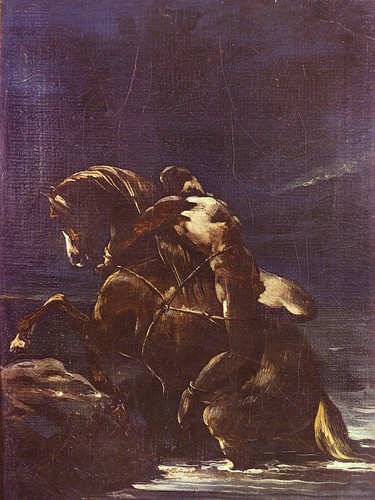[Youtube=http://www.youtube.com/watch?v=vryyDAj2EbA]
Clive Barker, Roger Corman, Joe Dante and Tim Burton on Barbara Steele in Clive Barker’s A to Z of Horror.
More Steele:
Barbara Steele, photocredit unidentified
Barbara Steele in bed
image sourced here.
Maschera del demonio, La/Black Sunday (1960) – Mario Bava [Amazon.com]
image sourced here.
Maschera del demonio, La/Black Sunday (1960) – Mario Bava [Amazon.com]
image sourced here.
Midi-Minuit Fantastique no. 17 (1967)
“Midi Minuit Fantastique” #17 devoted to Barbara Steele – 145 Pages – Dated of 1967
Barbara Steele in The Horrible Dr. Hichcock (1962) – Riccardo Freda
image sourced here. [Aug 2005]
Barbara Steele
images sourced here, from, Curse of the Crimson Altar (1968);
an adaptation of Lovecraft’s Dreams in the Witch House
Caged Heat (1974) – Jonathan Demme [Amazon.com] [FR] [DE] [UK]
Der Junge Törless/Young Toerless (1966) – Volker Schlöndorff [Amazon.com] [FR] [DE] [UK]





















